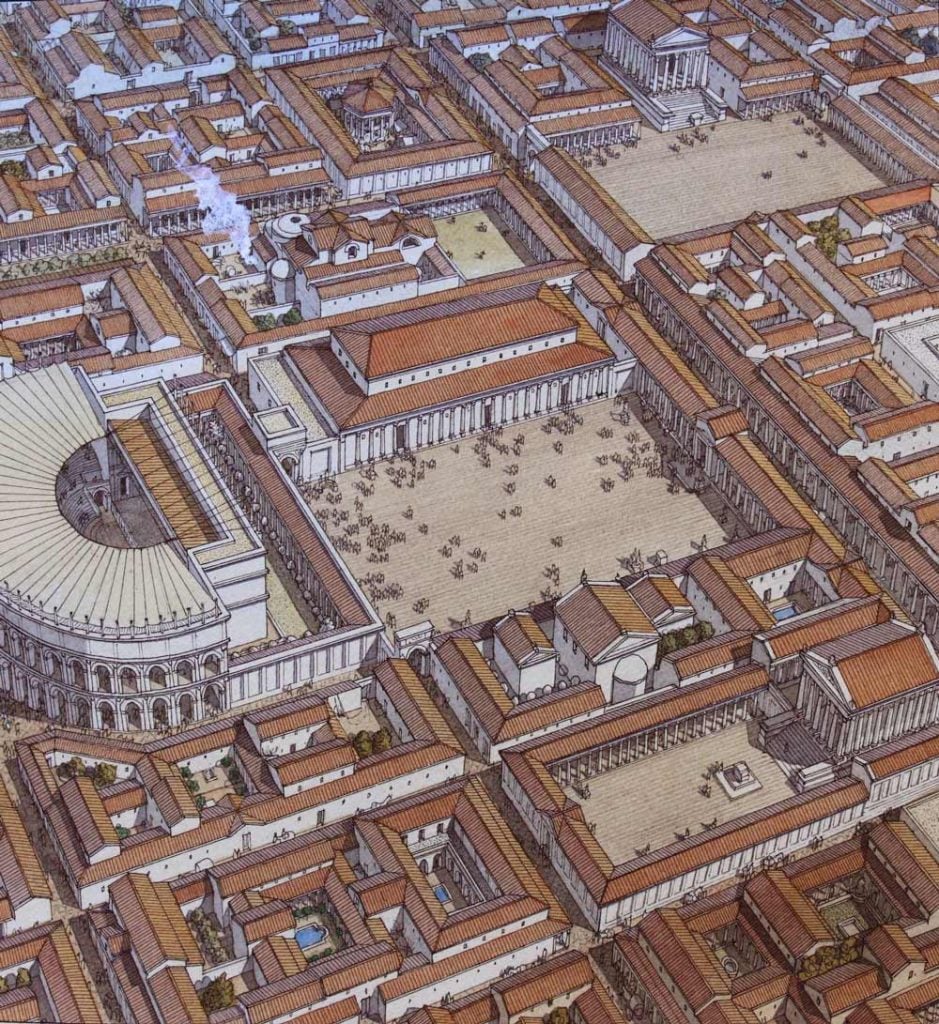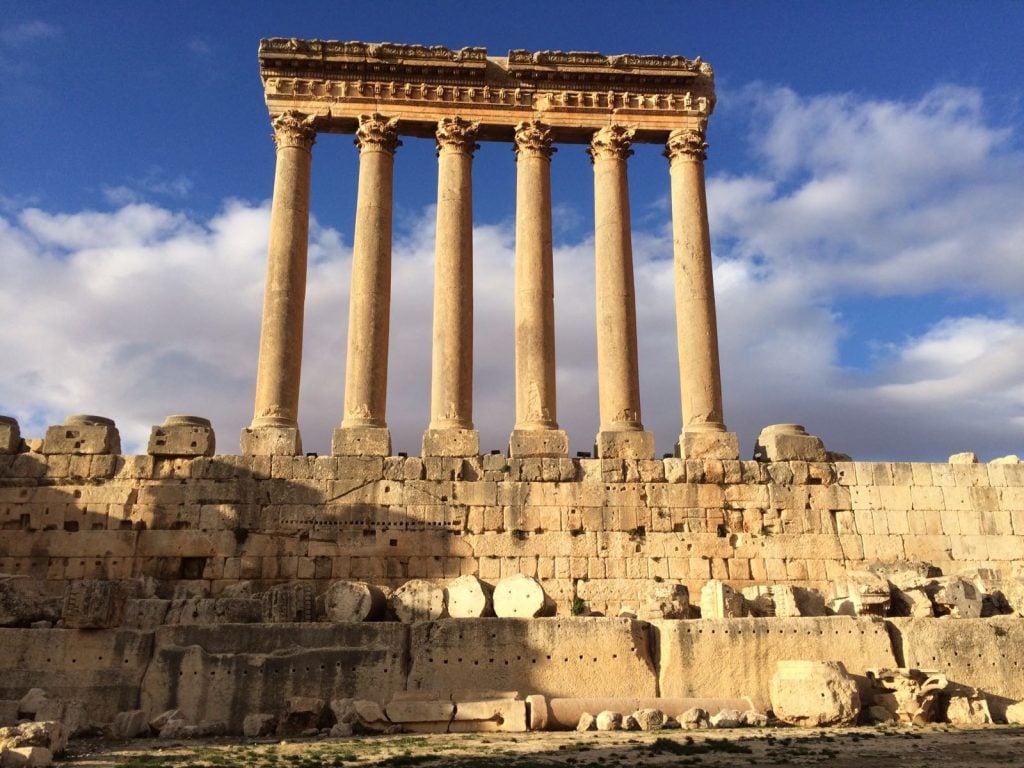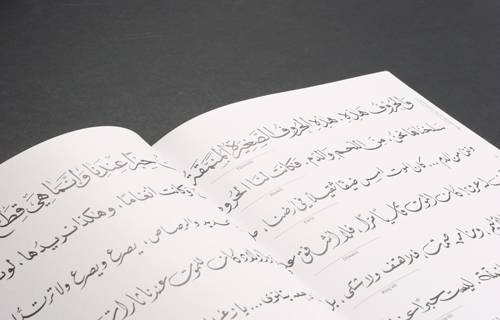Life In Phoenicia Under The Roman Empire
Welcome to Historical Snapshot! If it’s your first time here, this is a section where we step back in time and delve into the colorful and curious tales from Lebanon’s past. Discover all the unexpected stories that shaped our nation, and learn a little something on the way.
Onto our topic of the day, what was life in Phoenicia like during the Roman Empire?
From around 64 BC to the 6th century, the lands of modern Lebanon came to be ruled by the Roman empire (and subsequently the Eastern Roman or Byzantine empire). Although we have some information about how Phoenicia came to fare under the Romans, what was life actually like under imperial rule?

The Romans conquered the lands of Phoenicia from the Greek Seleucid Empire, a successor state of Alexander the Great’s empire. The famous Greek leader had conquered the area in 332 BC, famously occupying Tyre after a long siege. But around 200 years later, things were looking quite different for the previously all-powerful Greeks. Under the leadership of Roman general Pompey, the lands of modern day Lebanon and Syria were annexed into the Roman domain in 64 BC, effectively ensuring the collapse of the Seleucids a year later.
Around 40 years after taking Lebanon, the Roman world would enter into its famed Pax Romana, an unrivalled 200 year period of prosperity and stability. Under this state of affairs, the cities of Byblos, Sidon, and Tyre came to become hubs on the empire’s eastern Mediterranean coast. Producing their famed purple dye, alongside glass, pottery and other exports, the lands of Phoenicia returned to their famed status as merchants and traders across the sea.
This era also saw the construction of many of Lebanon’s modern monuments, with Heliopolis (Baalbek) and Berytus (Beirut) increasingly gaining prominence. The famed temples of Baalbek, dedicated to Jupiter, Bacchus, Venus, and Mercury were constructed, while Roman colonists in the Bekaa began to utilize the area’s great agricultural potential, feeding the Levant and the core provinces in Rome. The famed Roman Law School in Beirut would also come alive during Roman rule, before being eventually destroyed in 551 AD.

After the Roman empire was split between the east and west, Phoenicia’s cities came to be ruled by the Byzantines, where they continued to prosper until a series of natural disasters in the 5th and 6th centuries brought them to their knees. They would then enter an era of Islamic rule with the Muslim conquest of the Levant.
For more on Lebanon’s history, be sure to check out the entire section dedicated to Historical Snapshots, and let us know which topics you want us to summarize next!




